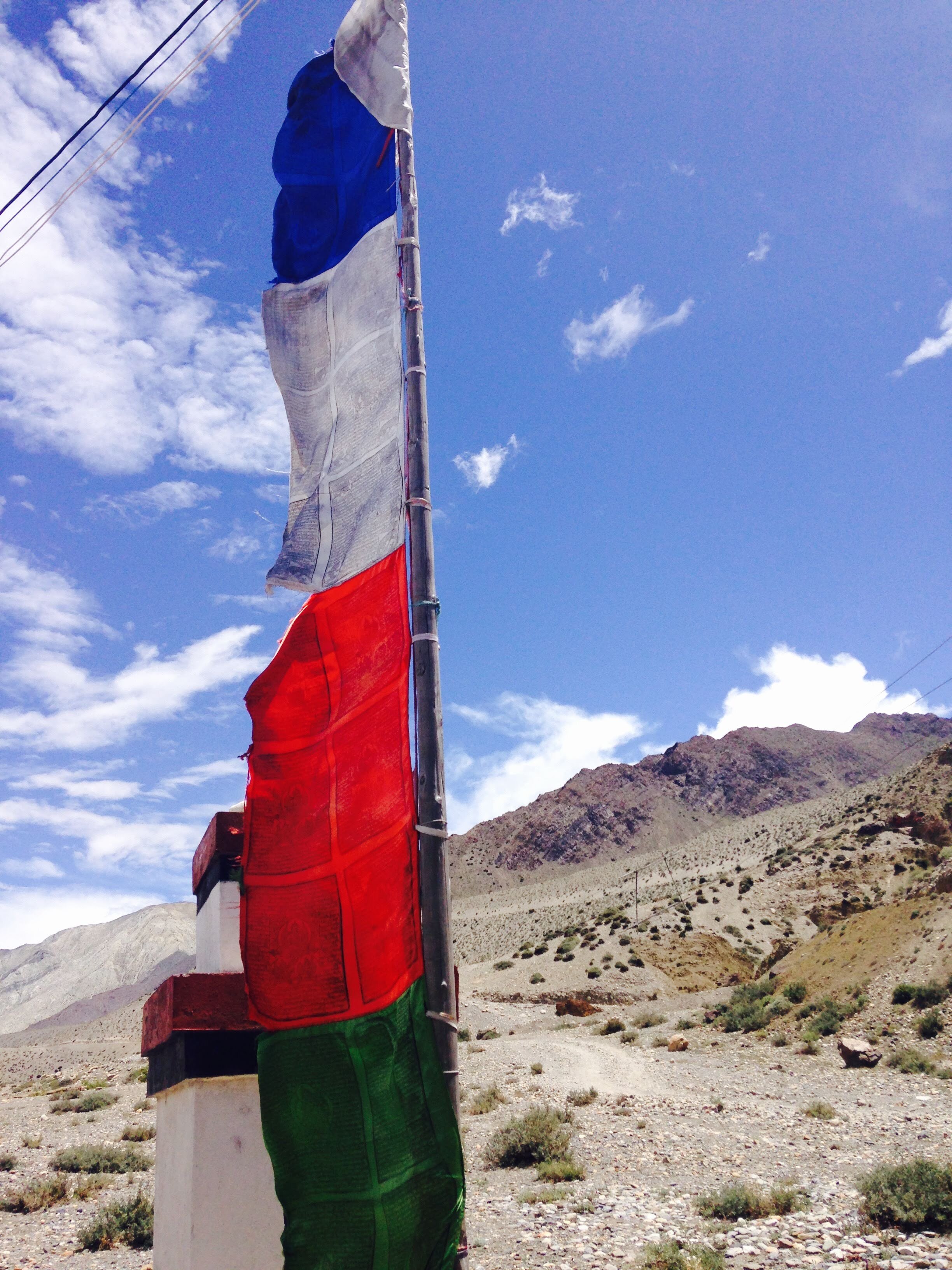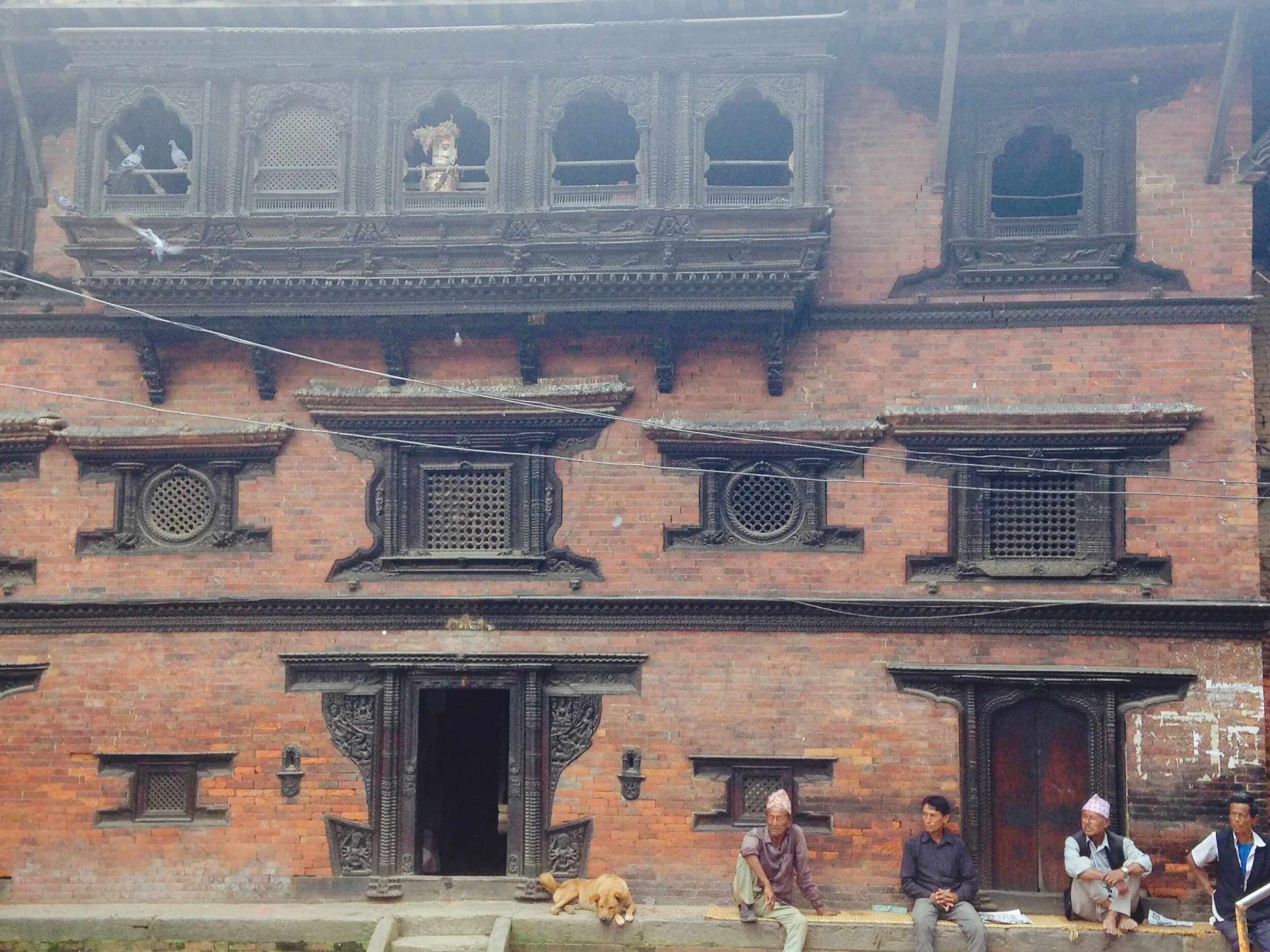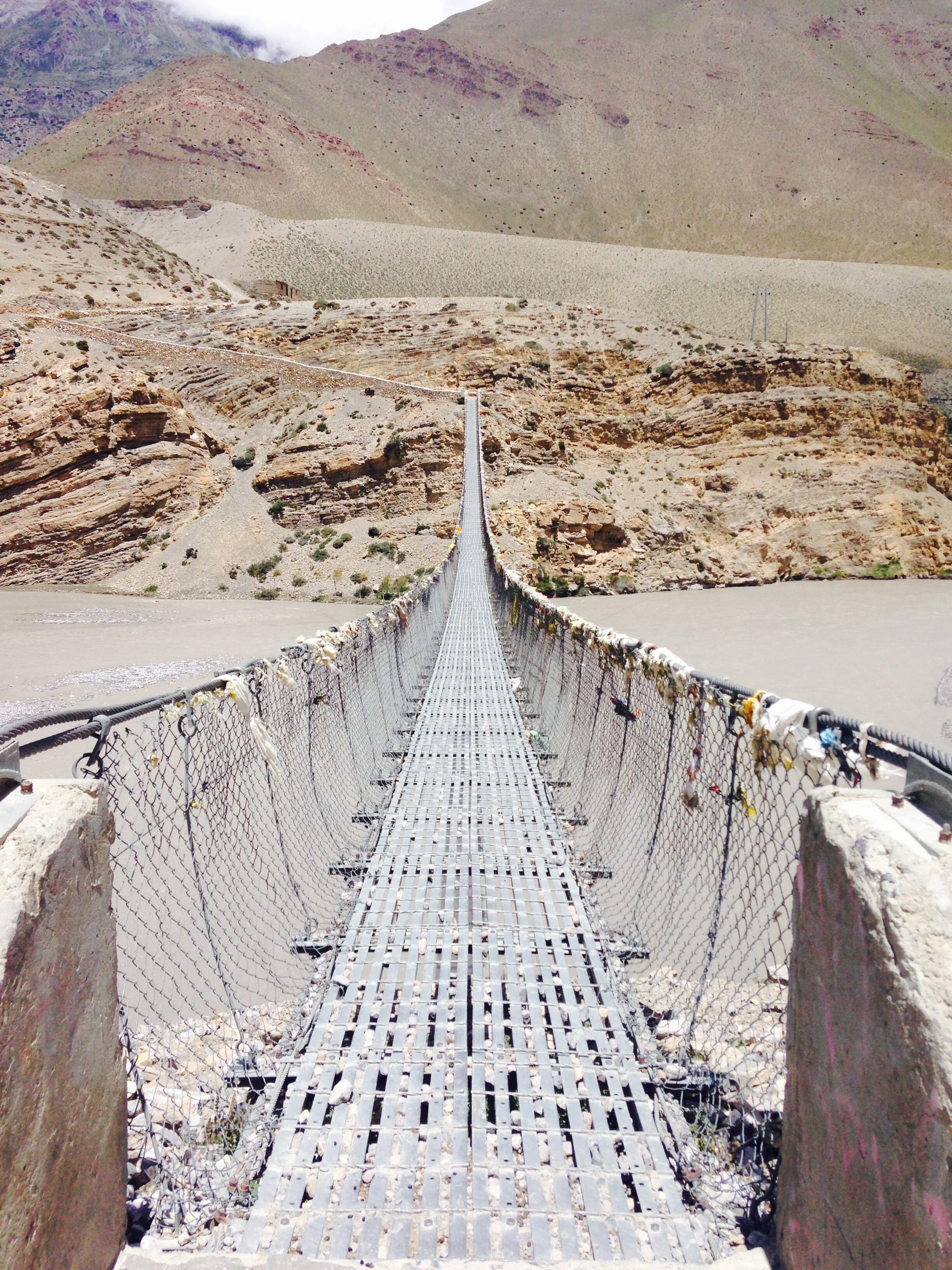Midwifery and Women’s Health in Nepal

Why Does Nepal Need Midwives?
Maternal mortality is one of the leading causes of death for reproductive age women in Nepal. Much of this stems from hemorrhage (24%) and eclampsia (21%) but is also contributed to by abortion related complications (7%), obstructed labor (6%), puerperal sepsis (5%), anemia (4%) and indirect causes such as malaria, hepatitis, diabetes, infections, malnutrition, and anemia (Suvedi et al 2009). While Nepal has made significant strides toward reducing their maternal mortality and morbidity rates over the past 20 years, there is still much work to be done.
Nepal continues to have one of the highest maternal mortality rates in the Asia Pacific region (239 women dying per 100,000 live births). In Nepal, only 58% of births are attended by a skilled provider (includes doctors, nurses and auxiliary nurse-midwives), and only 62% of women who live in rural areas had at least 4 antenatal care visits, compared to 76% of urban women (Ministry of Health and Population - Nepal, 2017). The UNFPA has expressly stated that in order to “sustain the momentum” in reducing maternal mortality in Nepal, “continued investments must be made to ensure adequate quality of care and availability of qualified health staff, especially midwives” (UNFPA, 2016).

Midwifery In Nepal
Midwifery in Nepal has evolved a great deal in the last few years. Midwifery has historically not been an independent profession in Nepal. The only midwifery-associated professionals in Nepal were auxiliary nurse-midwives who underwent an 18-month auxiliary nurse-midwife training which allows them to provide basic health care and advice before, during, and after pregnancy and childbirth and implement care, treatment and referral plans usually established by medical, midwifery and other health professionals. However, according to the government of Nepal’s 2006 National Policy on Skilled Birth Attendants, it has realized the importance of a professional midwifery workforce in the country as a crucial human resource for safe motherhood, providing service and leadership in midwifery for the country.
Through a collaboration with the UNFPA (United Nations Population Fund), the Government of Nepal, MIDSON (Midwifery Society of Nepal), and the Nepal Nursing Council, a 3-year midwifery bachelor's degree was developed and is now offered at three academic institutions, namely Kathmandu University (Private), National Academy of Medical Sciences (Public) and Karnali Academy of Medical Sciences (Public) starting in 2016, 2017 and 2018 respectively. The first batch of the midwifery cadre graduated in January 2020. The bachelor’s in midwifery aims to professionalize and prepare the next generation of Nepali midwives, creating an additional trained workforce who can safely take care of mothers and babies as envisioned in the long-term measures of the 2006 National Policy on Skilled Birth Attendants.
In order to achieve the reduction in maternal and infant mortality that Nepal hopes for, the expansion of midwifery must be at the very center of these efforts. Enhancing the trained workforce and carving out a place for nurse-midwives in the health system of Nepal is integral to continuing to achieve the improved health outcomes that have already been achieved. All major health organizations, including the UNFPA and WHO, believe in the strength of midwifery education to improve the health of countries, and every effort should be made to support the efforts of Nepal to enhance their nurse-midwife workforce.

Nepali Midwifery In the News:
Nepal’s First Midwives (UNFPA): https://www.unfpa.org/news/nepals-first-midwives-waiting-wings-save-womens-lives
Midwifery Society of Nepal: http://midson.org.np/midwifery_in_nepal.php